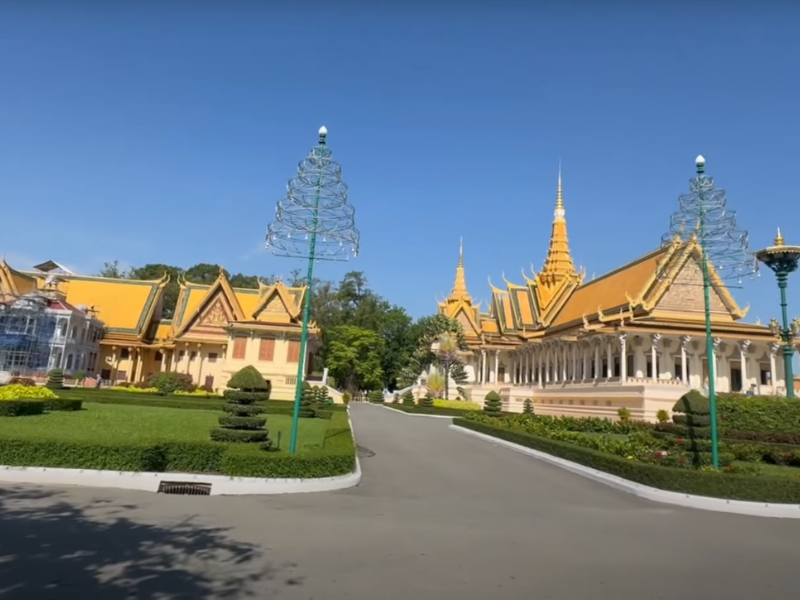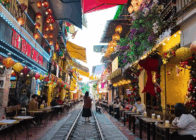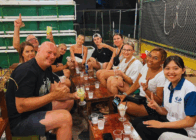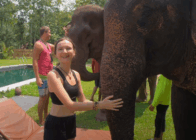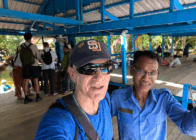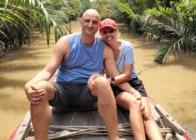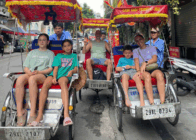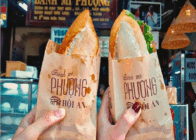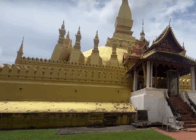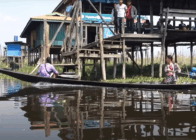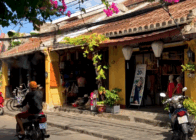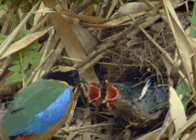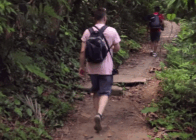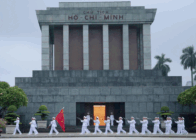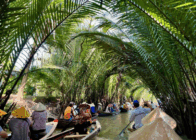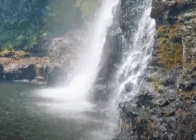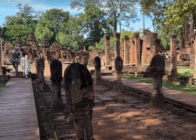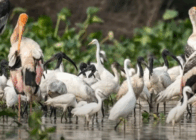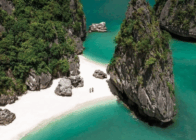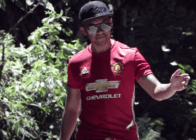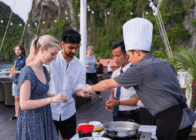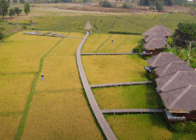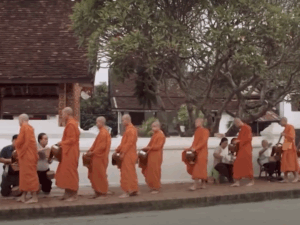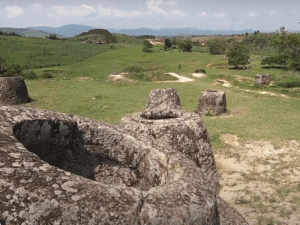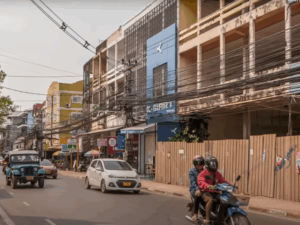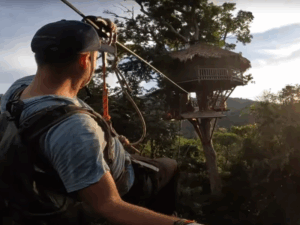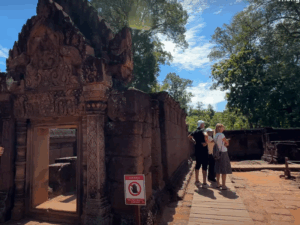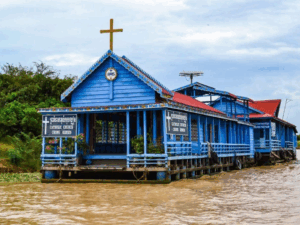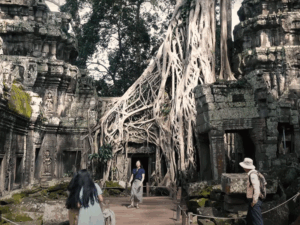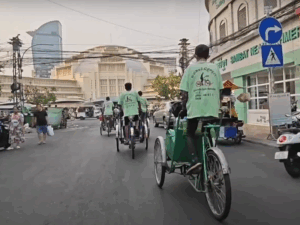Phnom Penh, the capital city of Cambodia, is a perfect destination for travelers who love to indulge in culture, history, and architecture. This city is located along the banks of two rivers namely, Tonle Sap and Mekong. The charm of this city lies in its bustling streets, grand pagodas, magnificent palaces, museums, and local markets. The city is an ideal place for those who want to experience the warmth of Khmer hospitality, taste the local cuisine, and delve into the rich history and culture of Cambodia. In this article, we will explore the wonders of Phnom Penh, Cambodia, and the places you must visit during your stay.
Royal Palace and Silver Pagoda
When you visit Phnom Penh, the Royal Palace and Silver Pagoda are the first places you must visit. The palace was built in 1866 and has been the residence of the monarchy of Cambodia since then. The palace comprises four major compounds, each containing palaces, stupas, and gardens. The Silver Pagoda, which is located inside the palace complex, houses some of the most treasured artifacts, including the Emerald Buddha, a life-size Maitreya Buddha made of solid gold, and silver and gold statues of Buddha. The stunning architecture, intricate details, and the beauty of the palace and pagoda will leave you spellbound.
National Museum of Cambodia
If you are a history buff, then the National Museum of Cambodia is the place to be. Located right next to the Royal Palace, the museum boasts an impressive collection of Khmer art, sculptures, ceramics, and textiles from various periods. The museum also showcases the cultural heritage of Cambodia from the 4th century to the present. The museum is a perfect place to immerse yourself in the rich history of Cambodia.
Tuol Sleng Genocide Museum
The Tuol Sleng Genocide Museum was a former prison used by the Khmer Rouge regime from 1975-1979. The prison witnessed some of the most horrific atrocities committed by the Khmer Rouge, and visiting this museum will give you an insight into the dark and tragic history of Cambodia. The museum features photographs and exhibits that describe the cruelty, torture, and genocide that took place during the regime. It is a must-visit destination for travelers who want to understand the history of the country.
Russian Market
No trip to Phnom Penh is complete without visiting the famous Russian Market. The market is a paradise for shoppers, and you can find almost everything here, be it clothes, jewelry, shoes, souvenirs, or handicrafts. Make sure to bargain as you can get some excellent deals here. The market is also known for its local food stalls, where you can taste some of the best Cambodian cuisine.
Sunset at Mekong River
End your day by watching the amazing sunset along the Mekong River. The river is the lifeblood of Cambodia, and the sunset is a mesmerizing sight. You can sit on the banks of the river, sip on your favorite drink and take in the beauty of the city as the sun sets on the horizon.
Phnom Penh is a city that has something to offer to every traveler, be it history, culture, architecture, or cuisine. The city is vibrant, friendly, and full of charm. Make sure to add the places mentioned above to your itinerary as you explore and indulge in the wonders of Phnom Penh, Cambodia.
- The Best Exotic Vietnam – 16 Days / 15 Nights (75 views)
- Uncover Cambodia’s Hidden Charms 6 Days / 5 Nights (69 views)
- Top Vietnam Tour Operators – The Ultimate Guide to the Best Tour Companies for Vietnam (37 views)
- Seamless Cruise: Halong Bay to Da Nang – Fostering smooth travel experience from Halong Bay to Da Nang. (36 views)
- Vietnam Culinary Tour: Your Definitive Guide to a Food Lover’s Journey (34 views)

